Market Share
Lecithin Market Share Analysis
The Lecithin Market, a crucial player in the food and pharmaceutical industries, employs strategic market positioning to navigate competitive landscapes and capture a significant share of the market. Companies in this sector utilize various strategies such as product differentiation, cost management, and innovation to establish a distinctive presence and meet the diverse needs of consumers.
One key strategy in the Lecithin Market involves product differentiation. Companies aim to distinguish their lecithin products by emphasizing unique features such as purity, sourcing methods, or applications. For instance, a company might highlight its commitment to using non-GMO soybeans for lecithin extraction, catering to consumers seeking high-quality and ethically sourced ingredients. This differentiation not only attracts customers with specific preferences but also contributes to creating a recognizable brand identity in a competitive market.
Cost leadership is another crucial market share positioning strategy in the Lecithin Market. Companies strive to become the cost-effective provider of high-quality lecithin by optimizing production processes, sourcing raw materials efficiently, and achieving economies of scale. This cost-conscious approach appeals to a broad customer base, especially in industries where cost considerations play a significant role in purchasing decisions. Becoming a cost leader allows companies to maintain a competitive edge and capture a larger market share.
Innovation is pivotal in the Lecithin Market, with companies investing in research and development to create novel formulations and applications. Staying abreast of technological advancements enables companies to introduce lecithin products with improved functionalities, such as enhanced emulsifying properties or increased bioavailability. This innovation-centric strategy not only addresses evolving consumer preferences but also positions companies as leaders in providing cutting-edge solutions for various industries.
Strategic partnerships and collaborations are integral to market share positioning within the Lecithin industry. Companies often form alliances with food manufacturers, pharmaceutical companies, or research institutions to enhance product development, explore new applications, and expand market reach. Collaborative efforts can lead to the creation of specialty lecithin products or the development of innovative extraction methods, ultimately strengthening a company's market position.
Geographical expansion is a significant strategy in the Lecithin Market, allowing companies to tap into new markets with diverse industry needs. This expansion may involve establishing distribution networks, forming partnerships with local distributors, or adapting products to meet specific regional regulations. By understanding and catering to the unique requirements of different markets, companies can broaden their market share globally.
Customer-centric strategies are paramount in the Lecithin Market, where consumers and businesses prioritize quality, safety, and functionality. Companies focus on building trust through transparent labeling, providing detailed information about the sourcing and production processes, and ensuring compliance with industry standards. Engaging with consumers and industry professionals through educational initiatives helps companies stay connected with their audience, fostering brand loyalty and solidifying market share.

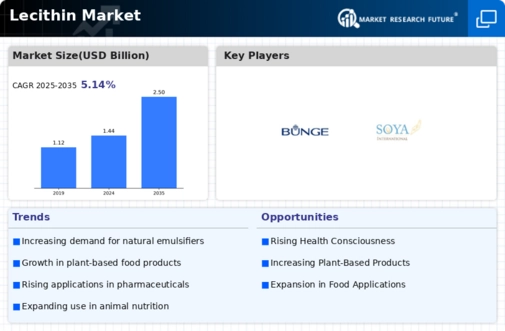
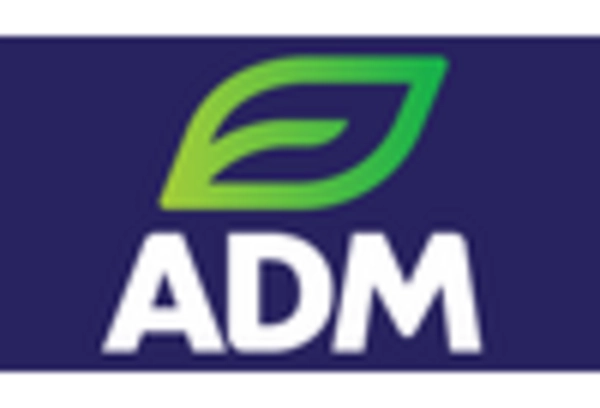

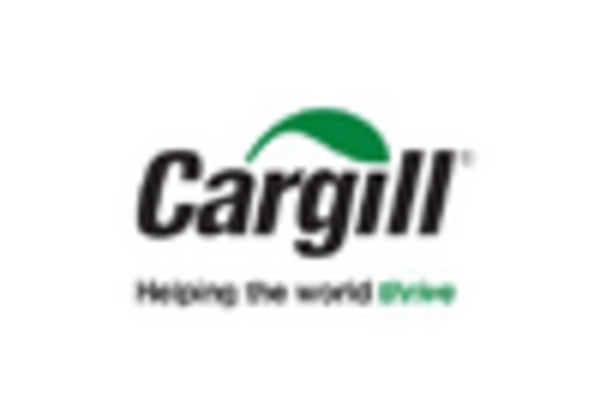
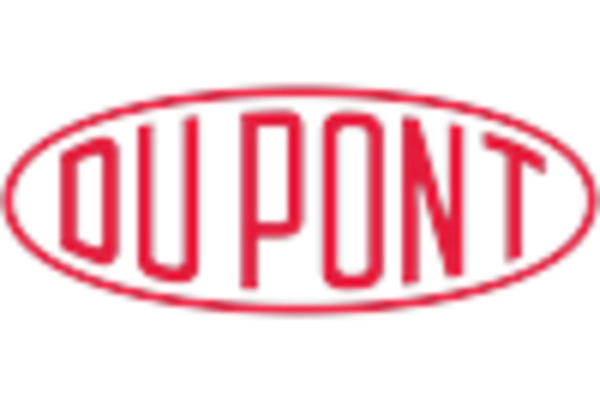
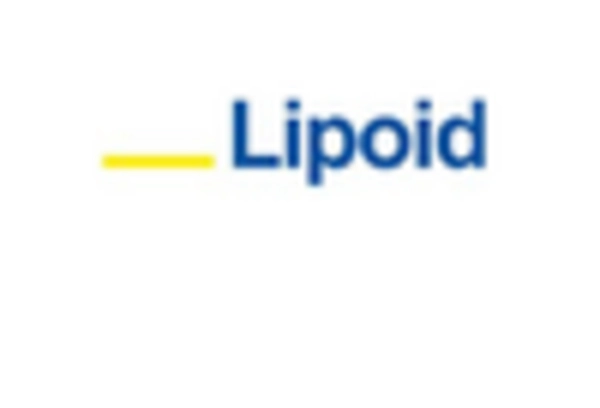
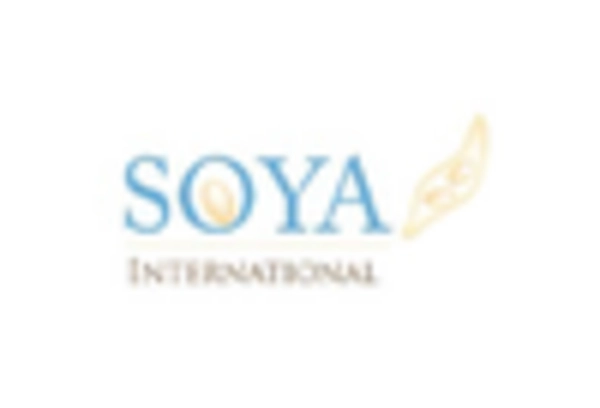









Leave a Comment